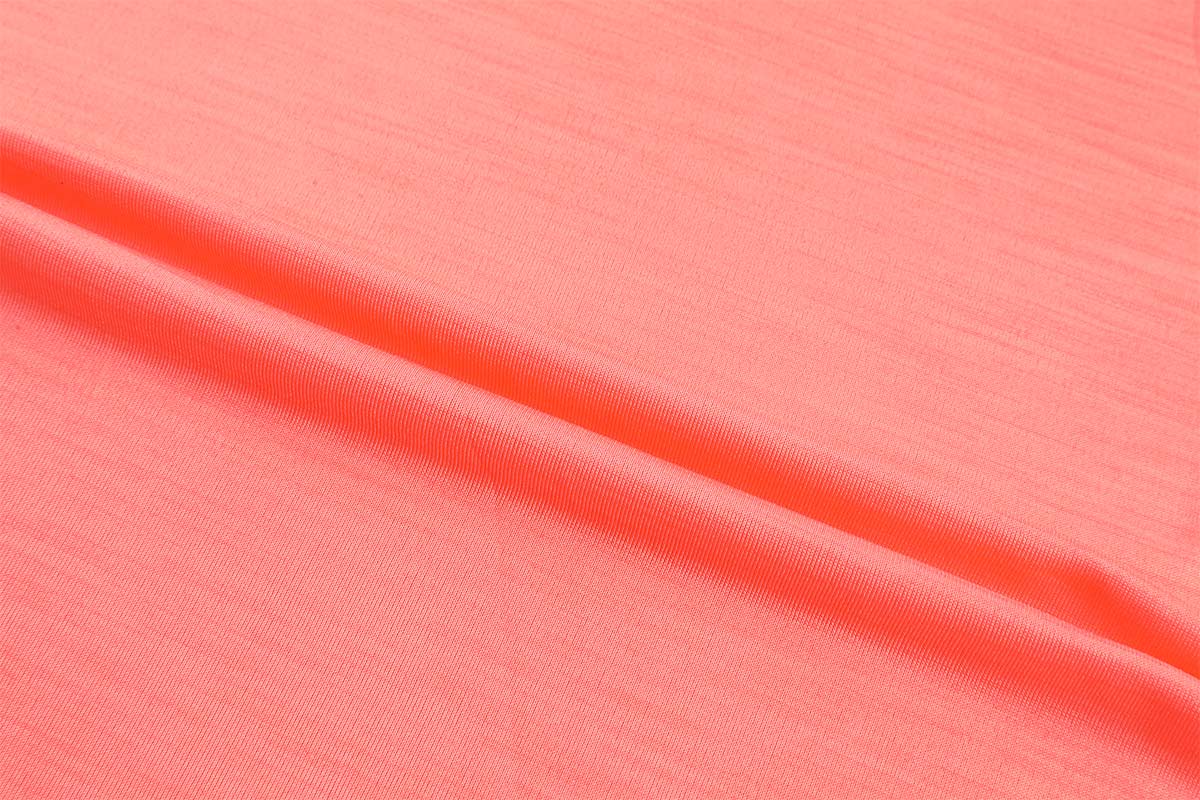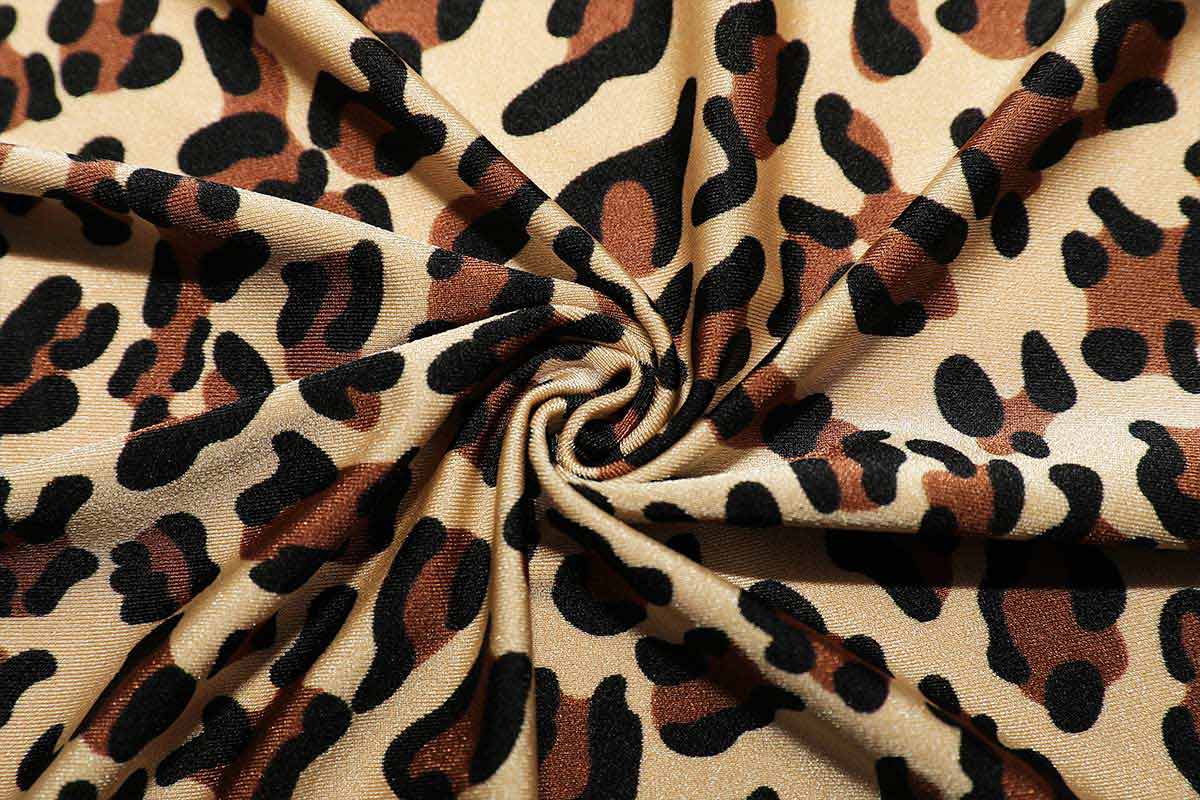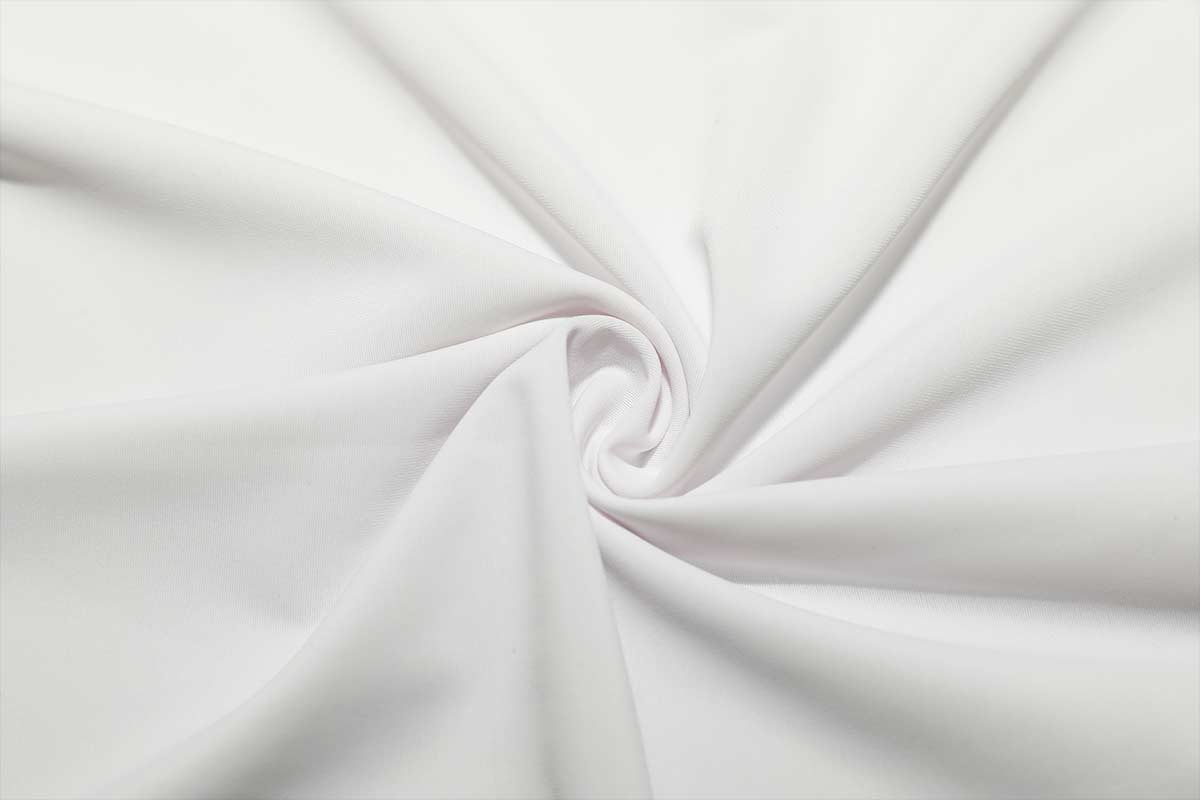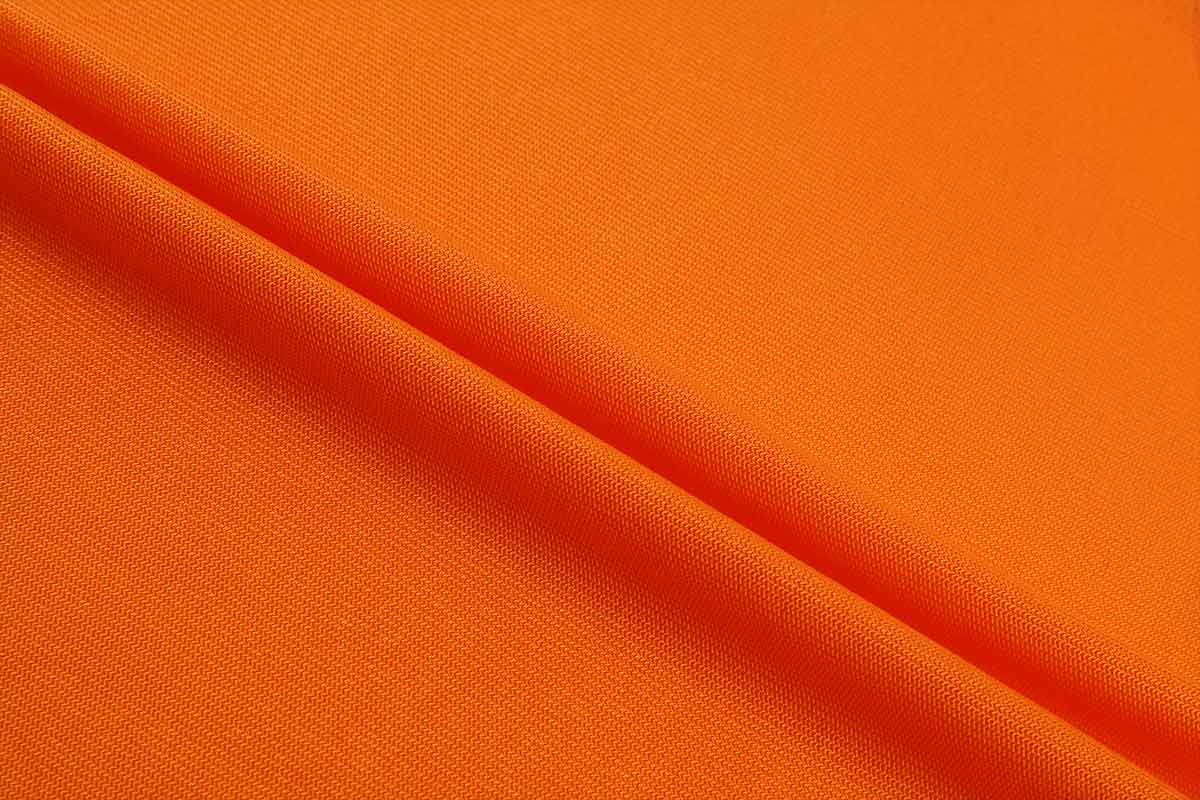Whether you're looking for fabric for kids clothing or t-shirts, you want to find a fabric that's stretchy and durable. Polyester spandex fabric is a good choice. It is a high-quality fabric suitable for transfer printing. In addition, it is also environmentally friendly and breathable.
Depending on the application, the polyester spandex fabric can stretch up to eight times its original size. This means the garment will be snug, but the wearer will be able to move easily. It also makes it an desirable choice for dye sublimation.
There are many different types of polyester and spandex fabrics. Not all people are created equal. It's important to know what type of fabric you're buying and how to tell if it's actually stretchy.
Polyester is a popular synthetic material often used in activewear. It has a wool-like feel and is moisture-resistant. It's also soft and lightweight. It's desirable for cold weather clothing.
Stretch fabrics are great for movement as they allow freedom of movement for the wearer. It's also an desirable choice for performance clothing.
Polyester can be woven or knitted into various types of yarns or blended with other fibers such as elastane. Polyester is also water resistant, making it a good choice for outdoor clothing.
Another stretchy fabric is nylon spandex. It's a blend of 50% nylon and 50% spandex. This is great for adding strength to clothing and is a great alternative to cashmere.
The polyester/spandex fabric with 4-way stretch is ideal for activewear such as shorts and windbreakers. It is also commonly seen in swimwear. Elastane fibers are woven into the knitted structure, giving the fabric desirable stretch. It is also a good choice for everyday clothing.
The main advantages of polyester spandex fabrics are elasticity and breathability. It's easy to put on and take off, and it's also tear-resistant. It helps keep your body dry and prevents socks from lifting.
It is often used in sportswear and is also a good choice for dye sublimation. It's a bit more expensive than other fabrics, but worth it.
It's also a good choice for underwear, as it gives you the comfort and support of a singlet, but with more flexibility. This is a great option for anyone who likes to wear underwear that isn't as tight as a traditional undershirt.
Using spandex fabric will give you the advantage of durable, breathable and lightweight material. It also helps you to wear it comfortably as it is known for its stretch. It is used in sportswear, such as cycling apparel, as well as stretch pants, leggings and bras.
The material consists of many polymer chains, each containing short rigid segments and long amorphous segments. Each part responds differently to stretching. They are usually bundled together with a compressed air unit that twists them into strands of different sizes.
Depending on the type of spandex, its color can be achieved with acid or disperse dyes. These colors are used to give the fabric a better look. The elasticity of the fabric was also tested.
During production, the fibers are spun with other fibers into unique fabrics. Depending on the type of spandex, the yarn can be nylon, polyethylene, or polyester.
Solution dry spinning is one of the common methods of making spandex. This process produces more than 90% of the world's spandex. During this process, spandex fibers are exposed to heated nitrogen and diamine. The finished product is then loaded onto spools and woven into fabric.
Melt extrusion is another way to make spandex. In this process, the material is formed by drawing monomers into a prepolymer. The prepolymer is then further reacted with diamine acid to create the backbone of the fiber. The prepolymer is then melted to form the polymer, which is then woven into polyester fabric.
There are many ways to make spandex, but the common methods are solution dry spinning and melt extrusion. In all of these processes, prepolymers are formed from monomers that react with diamine acids to form fibers.
Compared to polyester, spandex has higher elasticity. Its properties are similar to rubber. When athletes wear clothing next to the skin, its elasticity is important. It is also abrasion resistant.
Whether you're printing shirts or bags, you can get polyester spandex fabric right. The right heat press and transfer paper can help you produce high-quality prints. But before you start, you need to know a few things.
For example, you need to understand the difference between the sublimation process and heat transfer. The former involves printing on a unique paper, while the latter transfers the design from a special paper to the garment. The end result is a design that won't fall off.
However, polyester is not the durable fabric and can be damaged by overheating. Therefore, you need to be extra careful when heat pressing this material.
Using the low temperature option makes this material easier to process. Again, you'll want to use low heat ink and transfer paper. You should also preheat the fabric before applying heat. This will prevent shrinkage and dye migration, two of the biggest problems associated with polyester.
It's a good idea to do some practice on polyester test pieces. You'll need to determine the correct combination of heat, time, and HTV, and you may need to test on several different parts.
The way to do this is to practice the heat press. You need to preheat the material for at least five seconds, then test the heat. This will show you the effective temperature and pressure. You should also be aware that heavy pressure can char your fabric and create a hole in it.
Fortunately, you'll find a wide variety of heat press machines, from small home machines to large industrial machines. Depending on the type of fabric you are using, you may need to use different attachments.
No matter which model you choose, it's a good idea to consult the manufacturer's instructions. You will also want to read care labels carefully. If you do, you'll be able to avoid the worst and enjoy a smooth experience.
Unlike natural fibers, the environmental impact of polyester spandex fabrics depends on the manufacturing process. The process involves significant energy and water use as well as pollutants. It also requires the use of toxic chemicals during the extraction and production stages.
The step in the process involves the extraction of crude oil, a non-renewable fossil fuel. Fuel contains oxygen, nitrogen and sulfur molecules. They are trapped in rock formations deep underground. Mines and extracts raw materials using drilling, pumping, and other techniques. Fracking is a highly polluting activity that releases large amounts of methane into the atmosphere.
The second stage involves the chemical and physical treatment of raw materials. During Lycra processing, carcinogenic chemicals are used. Finished products are often contaminated with pollutants and waste.
Finally, the consumption of PET garments affects the quality of land and air. The resulting microfiber pollution is harmful to marine life.
The environmental impact of polyester spandex fabric also depends on how it is produced. The common method is solution dry spinning, which involves mixing a prepolymer with diamine acid for dilution. The resulting filaments are then exposed to heated solvent gases in a mill. The final fabric is dyed.
There are other types of synthetic fabrics, including spandex and Lycra. However, elastane is much more expensive than other synthetic materials and is expected to have a higher carbon footprint. Furthermore, Lycra's reliance on fossil fuels is not sustainable.
In some cases, the environmental impact of polyester spandex can be minimized by washing in cold water. Alternatively, one can consider buying second-hand clothes or making clothes themselves. Other ways to reduce the environmental impact of synthetic materials include buying products that use recycled materials such as cotton.
As for polyester, it is desirable to cotton in some ways. For example, it is more affordable than cotton. It is also more readily available than natural fibers. But it has a big negative impact on global warming and water pollution.


The cloth surface is smooth and delicate, with clear lines, diverse colors, environmentally friendly dyes, comfortable and skin-friendly, soft to the touch, and easy to wash.
Component Proportion/Yarn Count:94%POLYESTER+6%SPANDEX WOOLENEX SOLID
Contexture:knitting
Craft:weft knitting
Machine:Homebred quality circular kniting machine




 简体中文
简体中文
